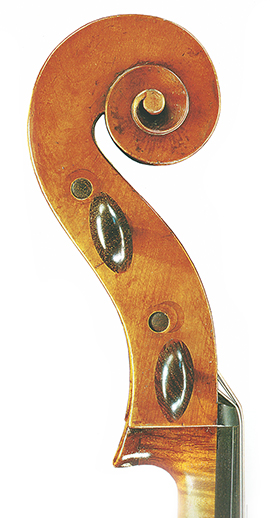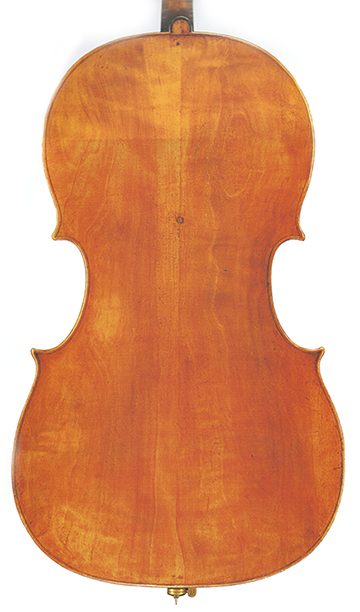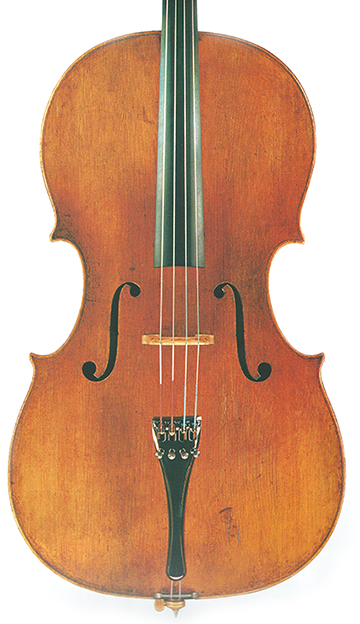My cello
FRANCESCO RUGIERI
CREMONA, 1689
Francesco Rugieri was born in Cremona in 1645 and he died in 1720. He was a pupil of Nicolò Amati at around the same time as Antonio Stradivari. Rugieri imitated the Amati model of crafting cellos, enlarging it slightly, and shortening and widening the “f“s, always using high quality materials.
He used willow and poplar wood for the back of some of his cellos, resulting in the crafting of instruments with a rich yet sweet sound, which project well.
The varnish is incomparable: transparent, reds, golden browns, deep oranges and yellows. The Rugieri cellos tend to be of relatively large dimensions, with a robust body. Francesco Rugieri is considered the most significant and greatest luthiers of the Rugieri family.



